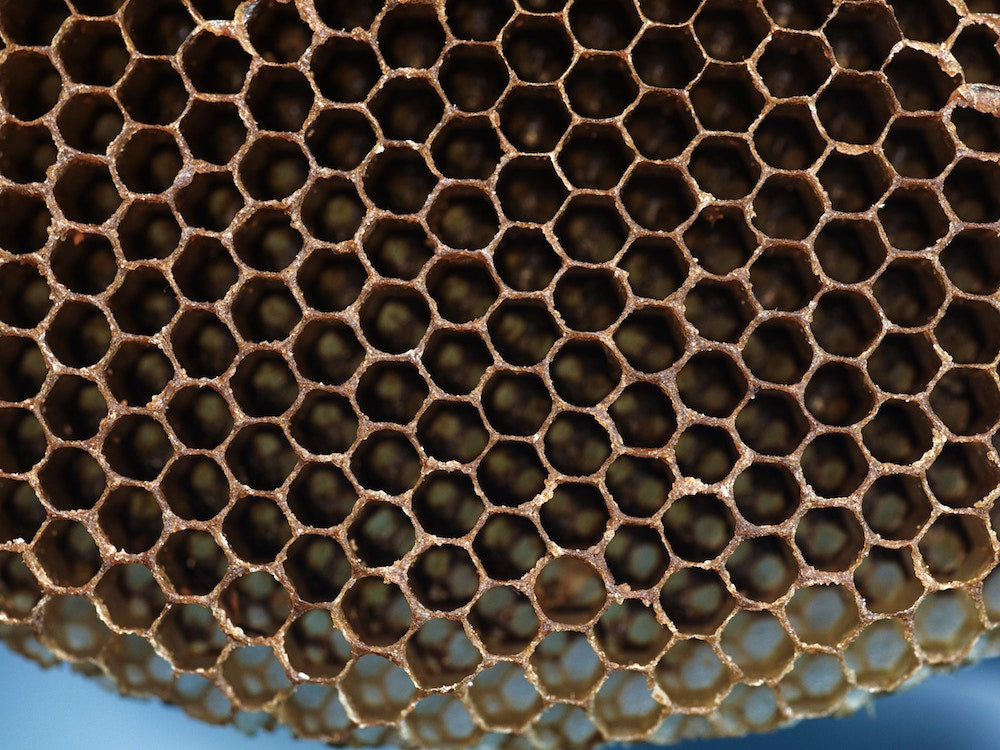Bees are true architects of nature. Their hives are marvels of natural engineering, with thousands of perfect hexagonal cells. Have you ever wondered why bees choose this particular geometric shape to build their hives? In this article, we will dive into the fascinating world of bee geometry and discover why the cells have such a unique shape.
The efficiency of the hexagon
The hexagonal shape of bee cells is the result of perfect natural engineering. Bees have evolved to build hexagonal cells in beeswax for one main reason: efficiency. This shape is the ideal compromise between different geometric shapes, and it offers many advantages.
First of all, hexagonal cells minimize the amount of beeswax needed to build a hive. The walls between the cells of a hexagonal cell are shared with other cells, which allows saving wax while maintaining a solid structure. If bees opted for shapes like circles or squares, they would have to use much more wax to achieve the same amount of storage.
Moreover, the hexagon is the shape that can store the greatest amount of honey with the least material. This means that bees can store more honey while using fewer resources, which is essential for their survival during winter when food is scarce.

The secret of efficiency
But why is the hexagon more efficient than other shapes, like the circle or the square? The answer lies in how bees build their cells. When bees start building a cell, they secrete beeswax in the form of small flakes. By warming each other, they soften the wax to handle it more easily. Then, they use their mandibles to shape the wax into a hexagonal cell. This construction method is the most efficient to minimize wax use while maximizing the storage space for honey.
An example of nature in harmony
The geometry of bee cells is a remarkable example of how nature finds elegant and efficient solutions to solve complex problems. Bees, unknowingly, have adopted the hexagonal shape for millions of years, resulting in the creation of perfect hives.
The hexagonal shape of bee cells is the result of millions of years of evolution and refinement. It is the symbol of nature’s efficiency and harmony. The next time you enjoy honey, remember the genius of bees!



